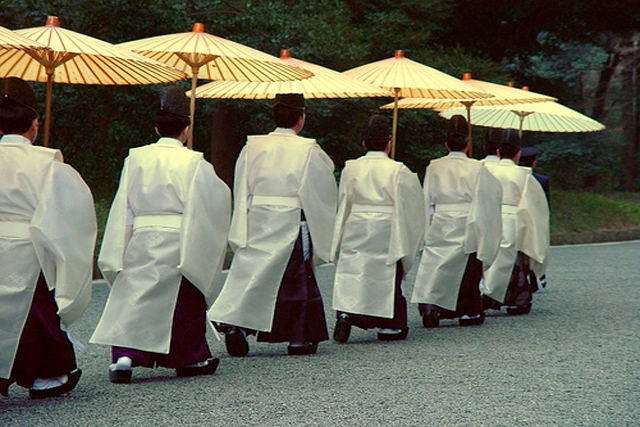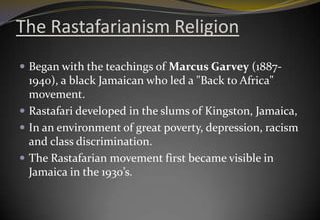Brief Introduction And History of Shinto Religion.

Shinto is the indigenous religion of Japan. It is known for its deep connection with nature and spirits. Let’s explore its origins, core beliefs, and significance in Japanese culture.
What is Shinto?
Shinto means “Way of the Gods.” It is a traditional Japanese religion that focuses on ritual practices. Shinto has no founder or sacred scriptures. Instead, it centers around the worship of kami, which are spirits or deities.
Origins of Shinto
Shinto has ancient roots. It dates back to prehistoric times. Early Japanese people believed in nature spirits. They worshipped these spirits to ensure good harvests and protection.
Jomon Period
The Jomon period started around 14,000 BC. During this time, people practiced animism. They believed that all things had spirits, including rocks, trees, and animals.
Yayoi Period
The Yayoi period began around 300 BC. Rice farming became common. People built permanent villages. They started to perform rituals to honor the kami. These rituals were meant to bring good fortune and abundant crops.
Development of Shinto Practices
Shinto practices evolved over time. They became more organized and formal. Shrines were built to house the kami. Priests performed ceremonies to honor them.
Kofun Period
The Kofun period began around 250 AD. During this time, powerful clans emerged. These clans built large burial mounds for their leaders. They also constructed shrines to worship their ancestral kami.
Asuka Period
The Asuka period started around 538 AD. Buddhism was introduced to Japan. Shinto and Buddhism began to coexist. Many Shinto shrines incorporated Buddhist elements. This blending of religions is known as syncretism.
Shinto Beliefs and Practices
Shinto beliefs focus on living in harmony with nature. People practice rituals to honor the kami and seek their blessings.
Kami
Kami are the spirits or deities worshipped in Shinto. They can be natural objects, such as mountains or rivers. They can also be ancestors or historical figures. Kami are believed to influence the world and people’s lives.
Shrines
Shrines are sacred places where kami are worshipped. They can be small roadside shrines or large complexes. People visit shrines to pray, make offerings, and participate in festivals.
Purification
Purification is an important practice in Shinto. It involves cleansing oneself before worship. This is done to remove impurities and show respect to the kami. Purification rituals include washing hands and mouth at a shrine’s water basin.
Festivals
Festivals, or matsuri, are celebrated to honor the kami. They often include processions, music, and dance. Festivals bring communities together and strengthen their bond with the kami.

Credit: www.britannica.com

Credit: asiasociety.org
Historical Influence of Shinto
Shinto has played a significant role in Japanese history and culture. It has influenced various aspects of life, including art, politics, and social customs.
Heian Period
The Heian period began in 794 AD. During this time, the imperial court promoted Shinto rituals. Many new shrines were built. The court also created a system to rank shrines based on their importance.
Meiji Restoration
The Meiji Restoration started in 1868. The government promoted Shinto as the state religion. They separated Shinto from Buddhism. This period saw the construction of many new shrines and the revival of traditional rituals.
Post-world War Ii
After World War II, Shinto was no longer the state religion. However, it remains an important part of Japanese culture. People continue to visit shrines and celebrate festivals.
Modern Shinto
Today, Shinto is practiced by millions of people in Japan. It coexists with other religions, such as Buddhism and Christianity.
Shinto Shrines Today
There are thousands of Shinto shrines across Japan. Some of the most famous include the Ise Grand Shrine and the Meiji Shrine. These shrines attract millions of visitors each year.
Shinto In Daily Life
Many Japanese people incorporate Shinto practices into their daily lives. They visit shrines for special occasions, such as New Year’s Day and weddings. They also participate in festivals and rituals throughout the year.
Global Influence
Shinto has also gained recognition outside of Japan. People around the world are interested in its nature-based beliefs and practices. Some even visit Japan to experience Shinto rituals and festivals firsthand.
Frequently Asked Questions
What Is Shinto Religion?
Shinto is a traditional Japanese religion focusing on ritual practices, nature worship, and ancestral reverence.
When Did Shinto Religion Begin?
Shinto has ancient roots, dating back to the early history of Japan, around the 8th century.
What Are Shinto Rituals?
Shinto rituals include purification, offerings, prayers, and festivals to honor kami, the spirits or deities.
How Is Shinto Practiced Today?
Shinto is practiced through visits to shrines, festivals, and maintaining household altars for daily worship.
Conclusion
Shinto is a unique and ancient religion. It has shaped Japanese culture and history for thousands of years. With its deep connection to nature and the kami, Shinto continues to be a vital part of life in Japan. Whether through visiting shrines, participating in festivals, or practicing daily rituals, Shinto remains a living tradition that honors the spirits and celebrates the beauty of the natural world.



